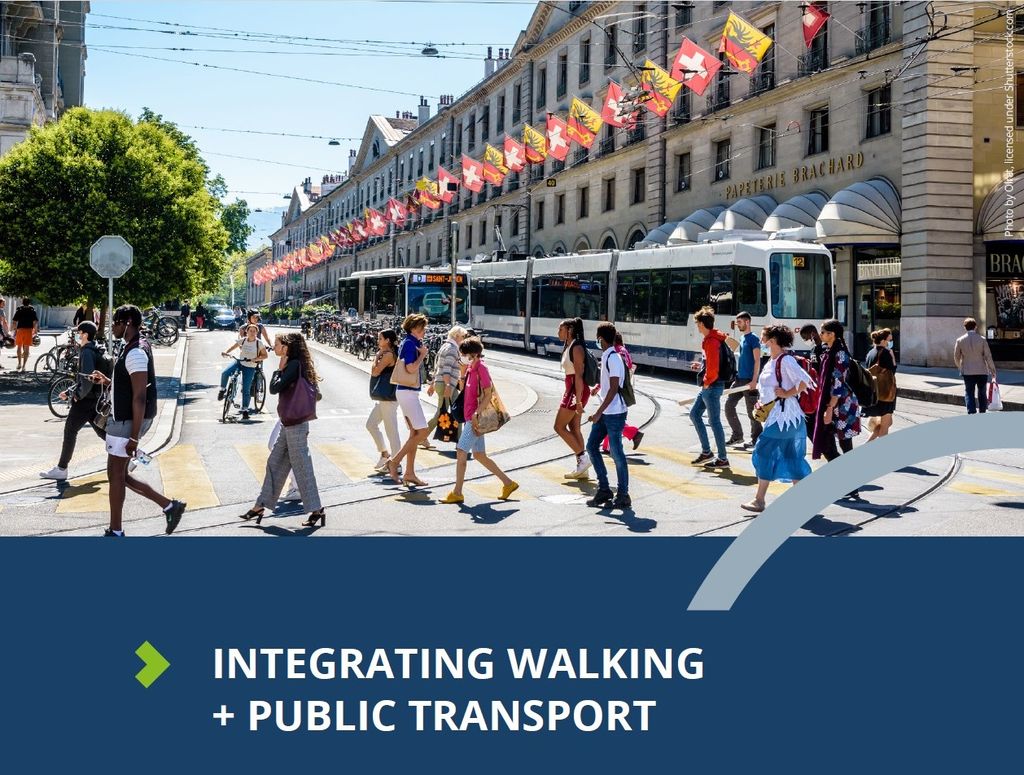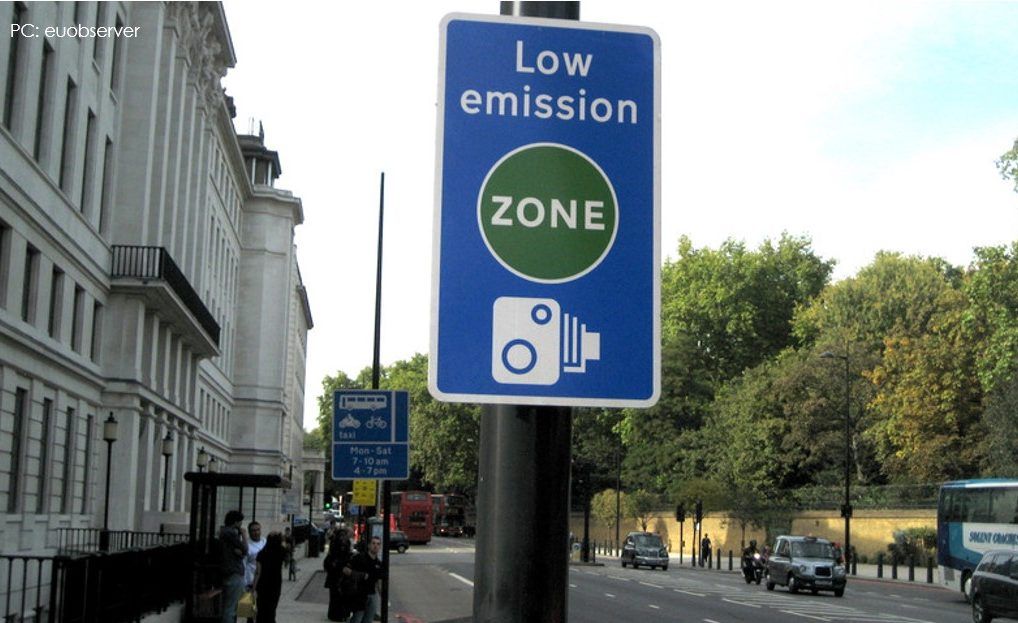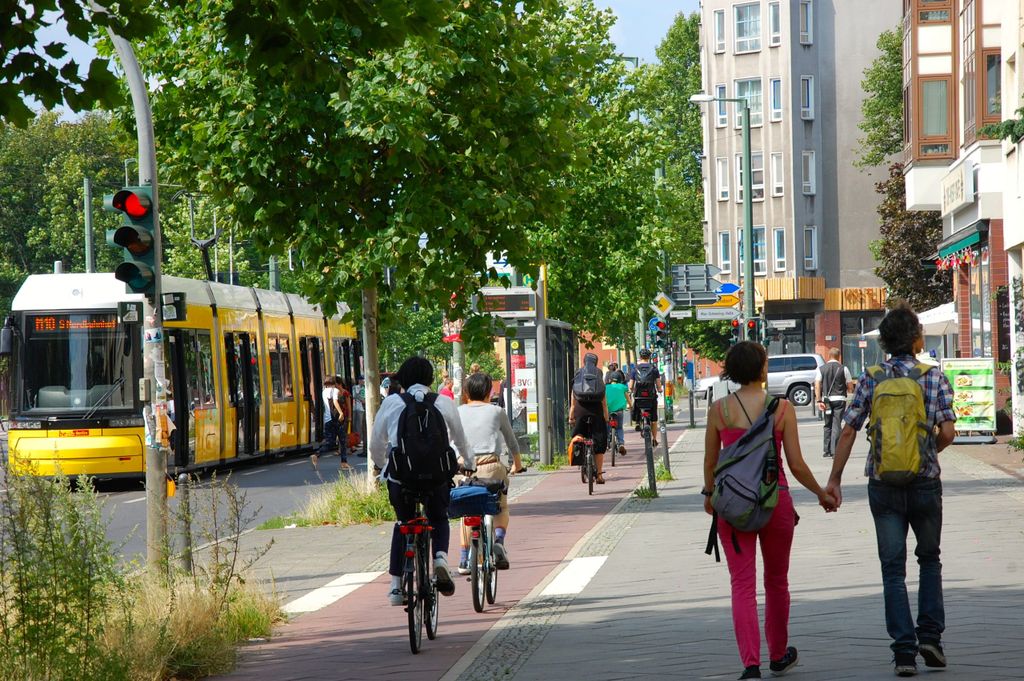
Understanding the mobility ecosystem with UITP’s Combined Mobility Manager
COVID-19 & New Mobility Services: What Changed in Private-Public Cooperation?
In a recent webinar titled COVID-19 & New Mobility Services: What Changed in Private-Public Cooperation?, UITP hosted a discussion on what happened to new mobility services and the combined mobility space due to the COVID-19 pandemic.
Lidia Signor is the Manager for Combined Mobility at UITP and one of the organisers of this webinar. As a wrap-up to this online discussion, Lidia has shared the key takeaways regarding COVID-19 and the new mobility space. And from her summary, one thing is clear: trends in mobility are changing.
The webinar was delivered by three excellent speakers: Augustin Friedel, Mobility Service Expert; Philippe Rapin, CEO of Urban Radar; and Aurélien Cottet, MaaS Project Leader at Transdev. The discussion regarded the latest trends in mobility with specific context given around their respective expertise of car-sharing and demand-responsive transport (DRT), micromobility and Mobility as a Service (MaaS).
“Whether you are working in innovation or business and strategy, either in the public or the private sector, you do not want to miss the latest trends in the new mobility services space.”
From consumer behaviour to the ‘unlocking’ of micromobility, COVID-19 has changed the game
In the wrap-up article, Lidia addresses the trends in mobility and consumer behaviour, the latest insights in the mobility ecosystem, how COVID-19 has adjusted car sharing offerings, pushed DRT and unlocked micromobility. And to finalise, she closes with the new business models of Maas.
Among the expected impacts of COVID-19 on mobility and consumer behaviour, Lidia notes in her piece the massive implications for transport including the change of mobility patterns and modes.
“At UITP we know that public transport is the backbone of urban mobility.”
On the latest insights in the mobility system, we see the various phases that mobility providers have gone through during the COVID crisis alongside an explanation of the current “adjusted phase” and foreseen trends in the mobility ecosystem.
For example, it is also expected to see more public-private partnerships, e.g. for DRT, as well as more collaborations as private parties become more open to collaborate and get integrated into MaaS platforms.
On the micromobility front, the uptake of e-scooters seems to have had a solid comeback in cities across the globe. Recovery plans see micromobility as a first/last mile solution to tackle congestion and air pollution, and public-private partnerships will be crucially important going forward as the link with public transport operators.
“After appearing 4 years ago in California, shared e-scooters, also fueled by venture capital, have had the fastest adoption ever recorded in transport history. According to NACTO in the US, in 2019 people took 86 million trips on e-scooters, more than doubling the numbers of the previous year (+240%) and outnumbering the trips taken on dockless and station-based bike share schemes together.”
If you are part of the mobility ecosystem, join UITP to build better mobility and a more sustainable future
At UITP, we work with our members from the entire mobility system to ensure that mobility is at the heart of a more sustainable future. We know that public transport is the backbone or urban mobility but that it is also a part of the greater mobility ecosystem.
If you want to know more about how to build better mobility with UITP, please get in touch with Camille Roy, Business Development Manager at [email protected]
Urban mobility matters and trends in urban mobility are crucial for us to see the larger picture. We were happy to host the webinar for this reason. So, check out the full article with key takeaways!
become a member







